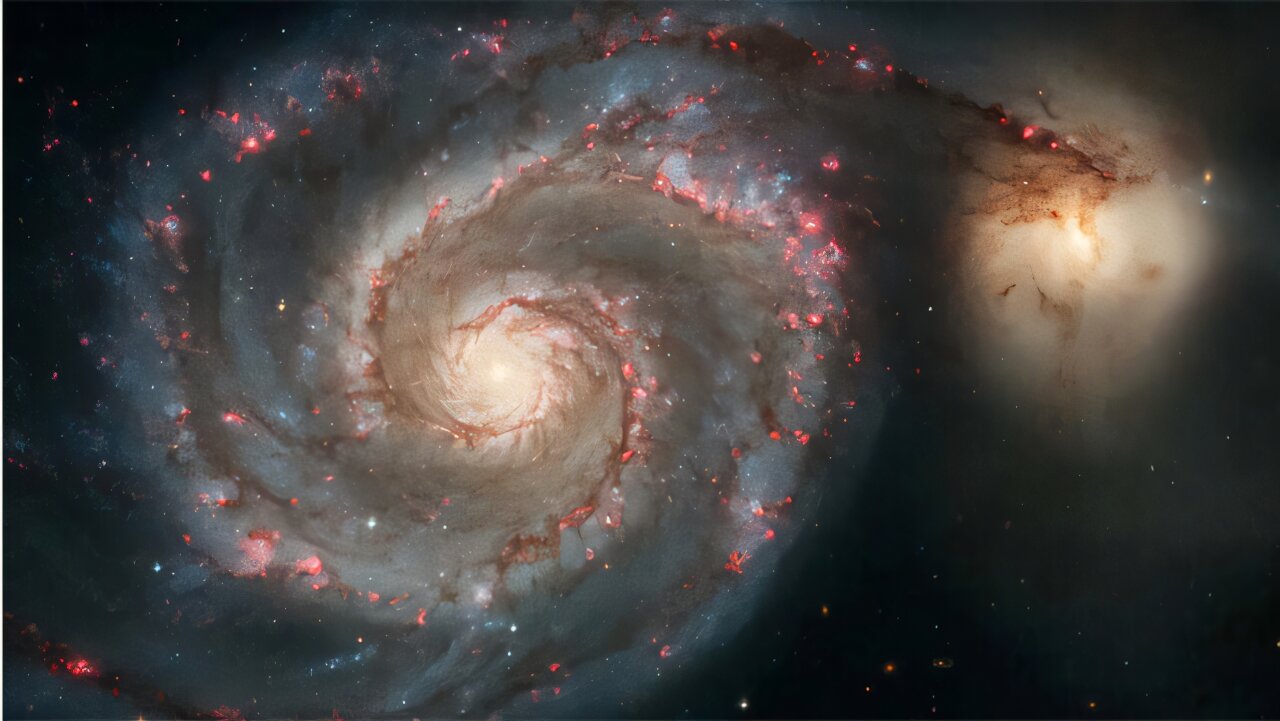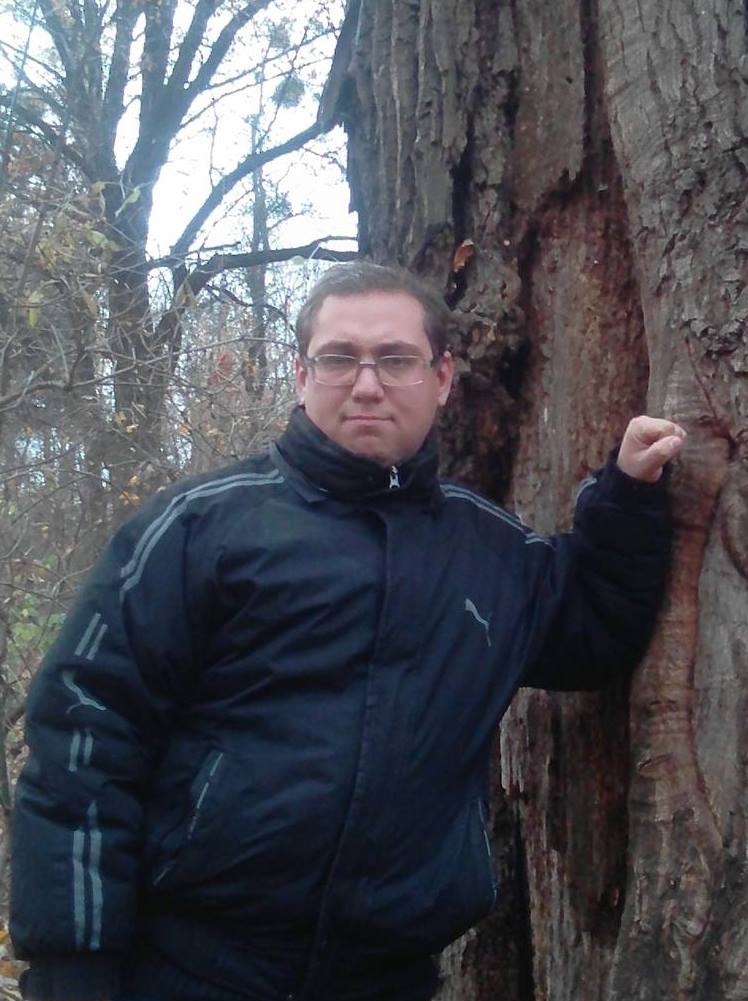Hubble tension is a situation in modern physics where measuring the expansion rate of the Universe in two different ways gives different results. Recently, scientists have suggested that it could be explained by the fact that the Universe rotates very slowly.

Hubble tension
Scientists from the University of Manoa in Hawaii have published a study in the journal Monthly Notices of the Royal Astronomical Society suggesting that our Universe may rotate. This theory could potentially explain the so-called Hubble tension, a situation in modern physics that greatly worries scientists.
Our Universe is expanding and the speed of this process is determined by the Hubble constant. It is a quantity that is not derived from any other law, it can only be determined from observation in two ways. The first is to observe supernovae in distant galaxies and use them to determine the distance to these objects. The second is in the study of relic microwave radiation.
The problem is that the results obtained by these two methods are close, but still noticeably different. And two slightly different assessments of when our Universe was born and what’s going on in it generally come out of that. This is what is called the Hubble tension.
The Universe spins
This problem, according to the authors of the study, they were able to solve thanks to a small assumption. For the Hubble tension to disappear, it is enough just to assume that our Universe, which is usually considered stationary, rotates.
This idea is quite strange from the point of view of cosmology, since rotation suggests a center or axis, and each point of space is thought to be no different from the rest. However, as the authors of the study assure us, such an assumption does get rid of the Hubble tension.
As scientists have calculated, our Universe should rotate really slowly. It should make one full rotation in about 500 billion years, given that it is only 13.7 billion years old. This is very difficult to confirm experimentally, so now researchers are thinking about how to do it.
According to phys.org


